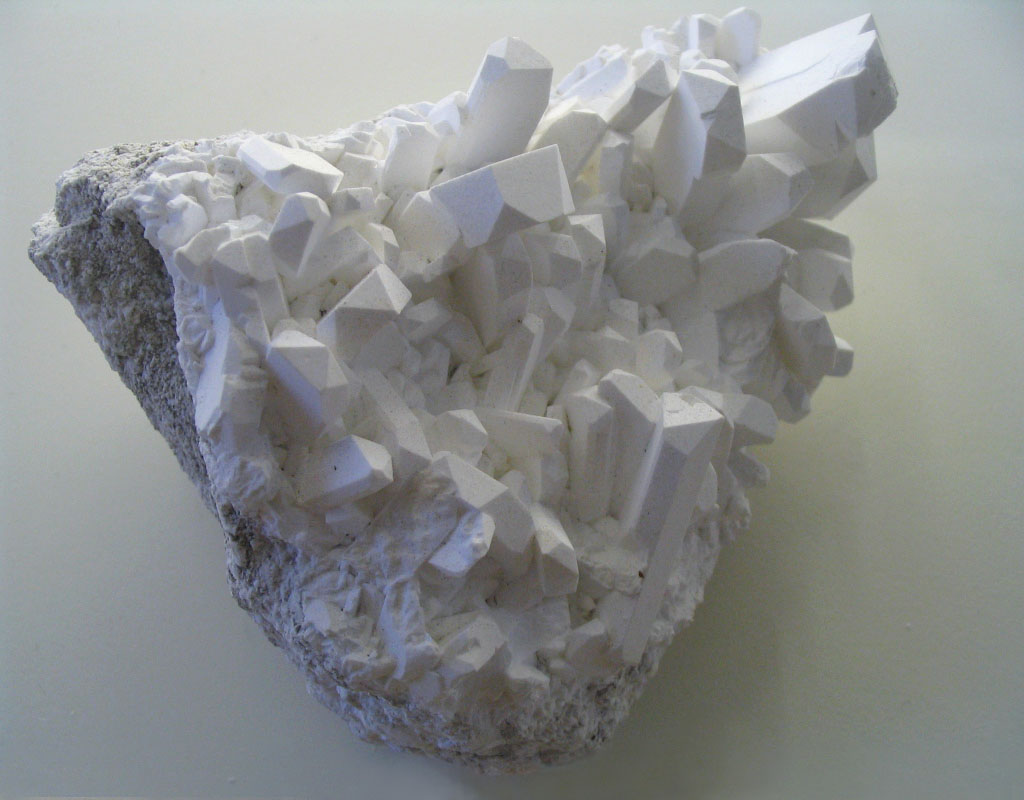Randy Holmes-Farley
Reef Chemist
View Badges
Staff member
Super Moderator
Excellence Award
Expert Contributor
Article Contributor
R2R Research
My Tank Thread
- Joined
- Sep 5, 2014
- Messages
- 67,339
- Reaction score
- 63,686
Is that the same as "Sodium tetraborate decahydrate"?
yes. Decahydrate means 10 water molecules.



















